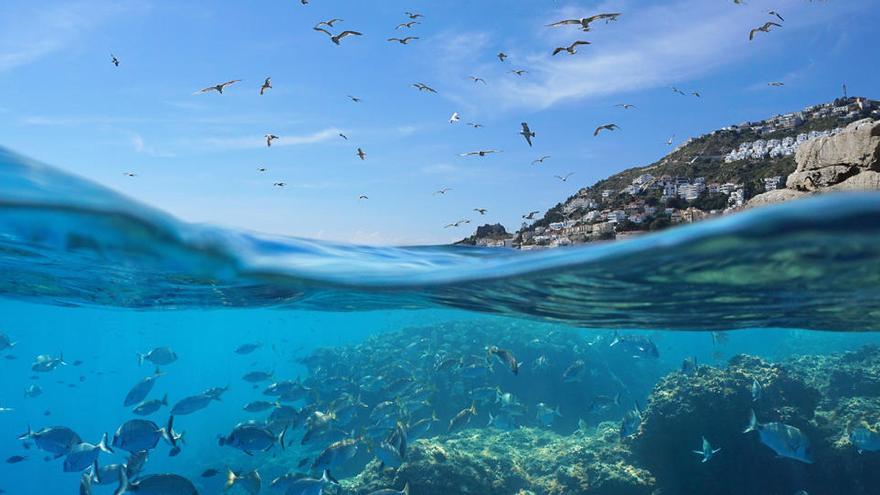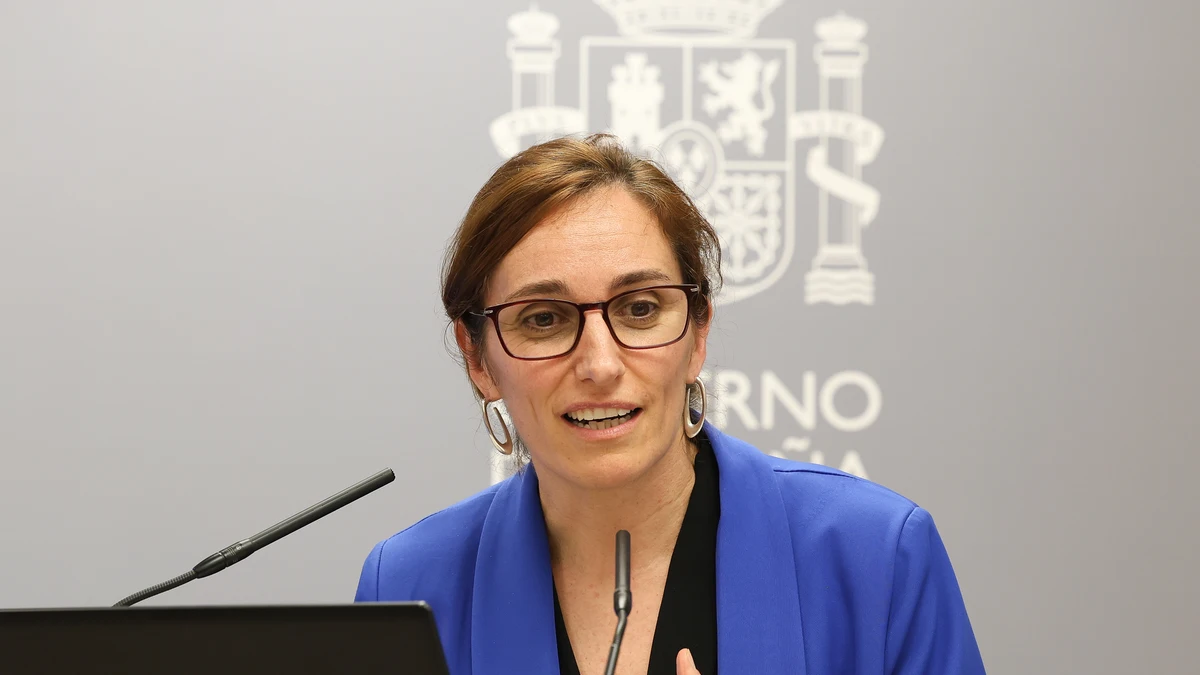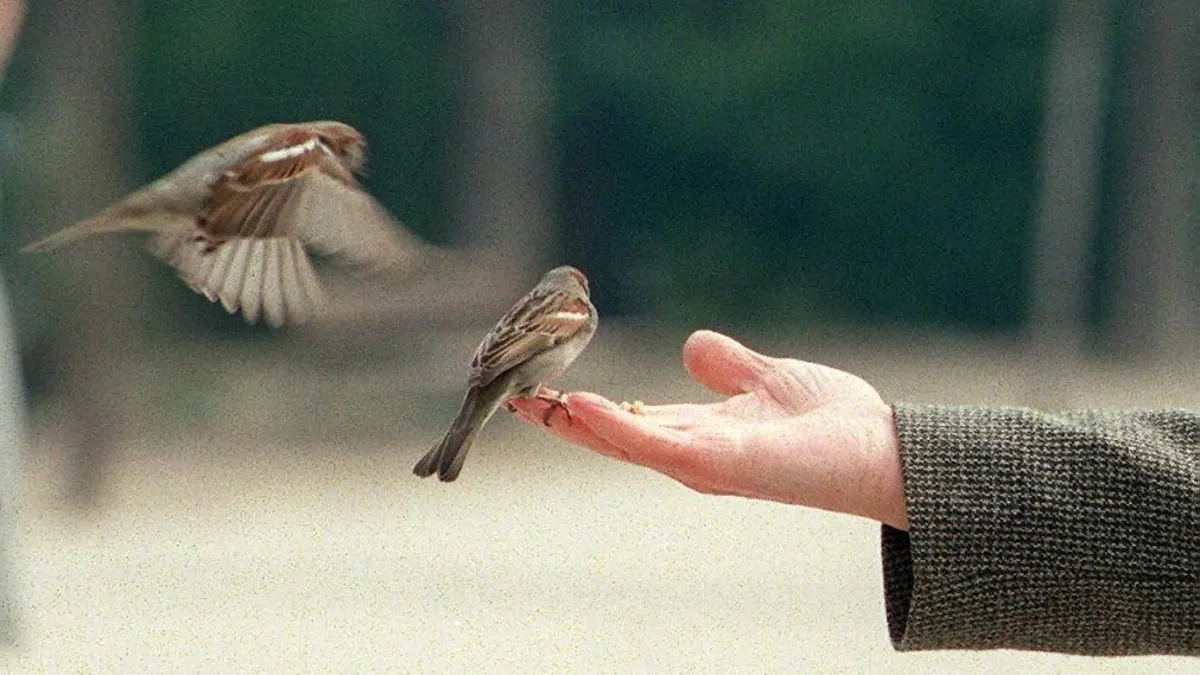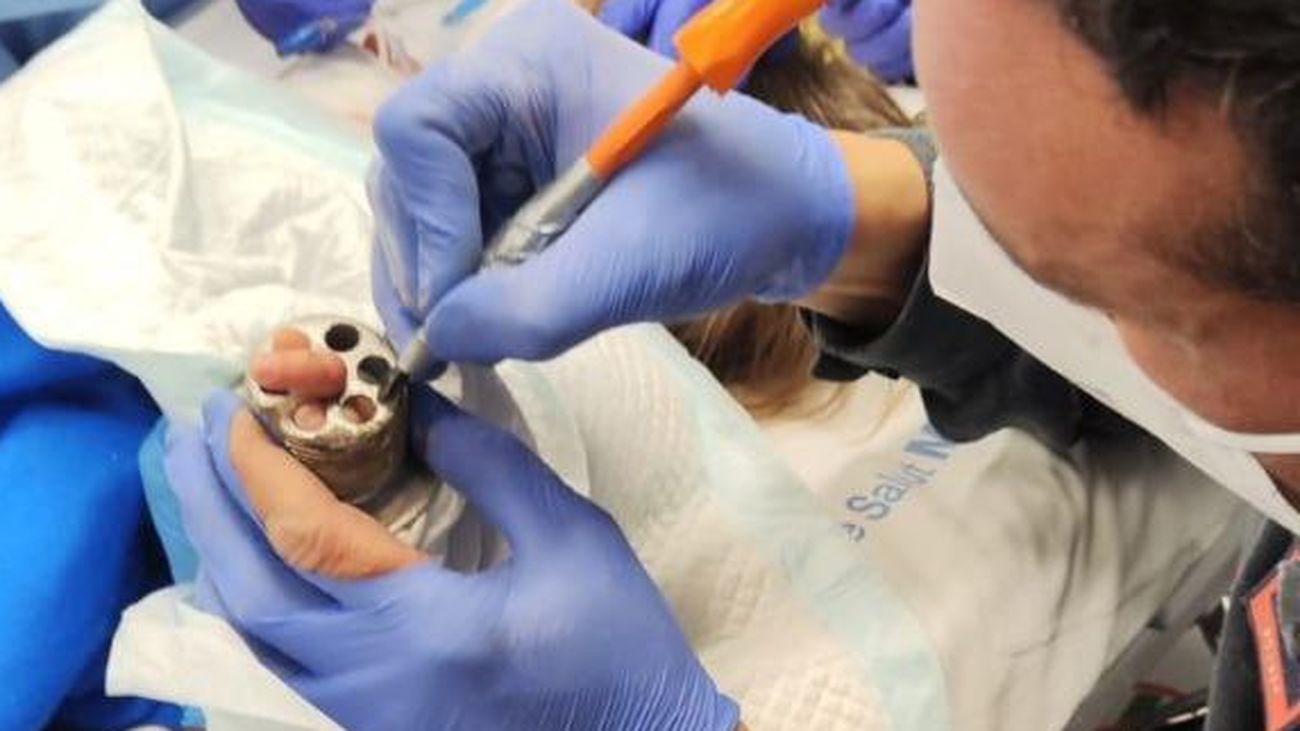They locate species with antitumor properties in areas of the Mediterranean

A study by the Institute of Marine Sciences (ICM-CSIC) and the University of Girona (UdG) has detected that in certain funds of the Mediterranean where trawling is practiced live animal species, such as stars or hedgehogs, with antitumor properties.
According to the UdG, the bioactive molecules they contain are key to the manufacture of new drugs useful for treatments such as Cancer.
The work talks about the aggregation habitats of crinoids, animals of the echinoderm family that include, in addition to stars and hedgehogs, the holothurians, known as sea cucumbers.
The habitats of these species are found in the Mediterranean between 120 and 170 meters deep and they are home to a large number of fish of commercial interest.
In addition to cancer, new drugs of marine origin would also allow fight other diseases of bacterial or viral origin.
The study reveals that 14% of the species that make up the discards from trawling in crinoid aggregation habitat carry molecules with antitumor, antibacterial, antioxidant or antihypertensive properties.
The ICM-CSIC researcher Alfredo Garcia de Vinuesa remember that these crinoids are "fished and discarded" and that 16 percent of them could contain "molecules with bioactive potential, since they have been observed in animals of the same genus."
Another conclusion of the work is that 68% of species or genera with bioactive molecules have a medium or high vulnerability to trawlingTherefore, it is suggested that they protect them and that priority be given to obtaining these same particles synthetically or managing their exploitation.
"In the Mediterranean, crinoid aggregation pools are considered sensitive habitats and highly productive, but they are not protected from the impact of fishing, although we work together with trawlers to achieve sustainable exploitation ", said García de Vinuesa.
The team responsible for the investigation, composed of Montserrrat Demestre, from the ICS-CSIC, and Arnau Carreño and Josep Lloret, from the UdG, carried out experimental campaigns on board ships to identify the discarded species.
"We located a crinoid habitat in the fishing grounds adjacent to the port of Blanes frequented by the trawling fleet", explained García de Vinuesa, convinced that the study will open the door to others who will detail in the laboratory the bioactive potential of these animals and their potential in the field of marine biotechnology.









